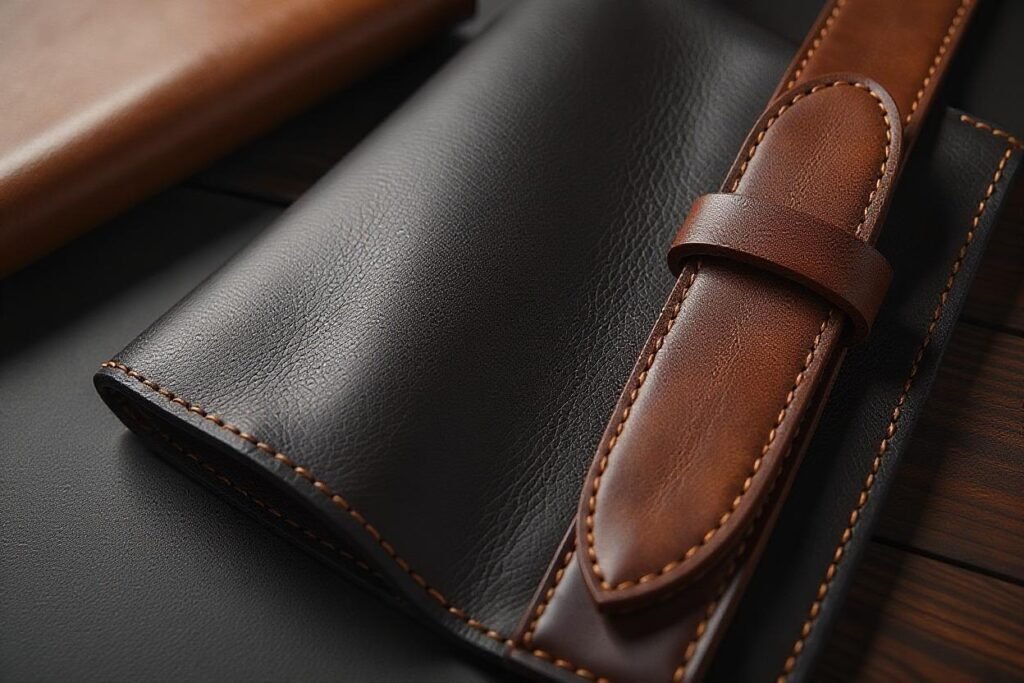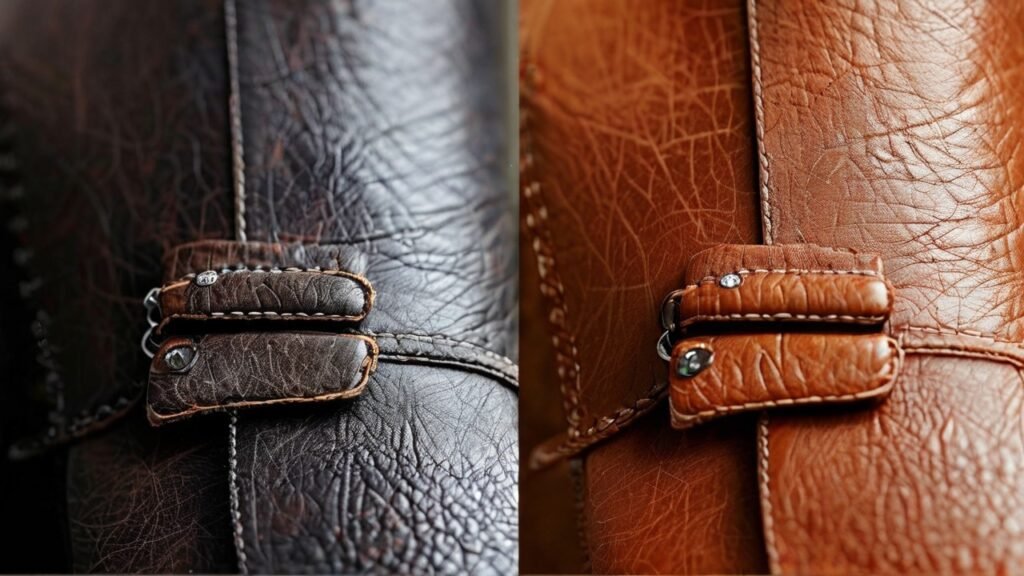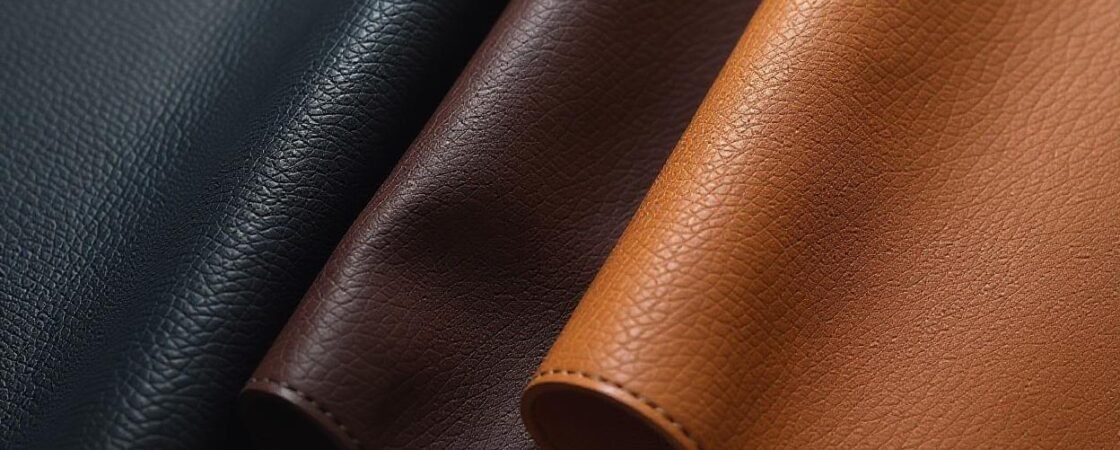Introduction
Faux leather did not just take the world of fashion by storm but also décor and upholstery. No longer can it be thought of as a cheaper alternative to real leather, but rather a versatile and stylish one on its own. Faux leather, otherwise known as synthetic leather, provides the look and feel of real leather without the hefty price tag or use of animal-based materials. Whether new to faux leather or looking for more details on the subject, this guide will take one through what synthetic leather is, how it’s made, and how actually to care for it so that it keeps looking great.
What’s Faux Leather?

Faux leather, otherwise known as synthetic leather, is a man-made material designed to appear and feel like genuine leather. Unlike bonded leather, which contains a small amount of genuine leather in its composition in fine particles, faux leather is an artificially complete material. You could also have come across it as leatherette or koskin; these terms are usually applied as a description of the end-use—for instance, leatherette in car interiors or koskin among consumer goods like bags and cases. Synthetic leather is an affordable and versatile alternative for anyone who desires leather-like appeal without the excessive upkeep or expense.
How Faux Leather is Made
The two main bases of artificial leather, each having its own particular advantages, are polyurethane and polyvinyl chloride. PVC synthetic leather was the earlier one, used from the 1940s onward, while PU is more modern and used in apparel since it is much more breathable than PVC. Normally, synthetic leather is prepared by applying a layer of polyurethane or vinyl on the top of a fabric base, then texturing it to imitate the grain and pores of real leather. The outcome of such a combination is a very durable material that is easy to clean and resistant to moisture.
Key Benefits
- Affordability: Faux leather is comparable in appearance to real leather but is much cheaper.
- Low Maintenance: Synthetic leather is easy to clean and requires no conditioning as real leather does. A quick swipe will keep it as good as new.
- Variety: Ranging in the highest number of colors, textures, and finishes, artificial leather can easily fit into fashion, furniture, and accessory trends.
- Durability: However, synthetic leather resists stains, won’t darken much in the sun and doesn’t crack as easily with time — though it may eventually peel.
Caring & Maintenance
To keep faux leather looking its best, some simple maintenance practices can go a long way. Here are a few essential steps:
- Cleaning: In case of a spill or any form of liquid spill, always blot immediately using paper towels. Avoid the use of harsh cleaners. Mix in mild soap in warm water. Dip a soft cloth in it and wring it out well. Clean the area gently.
- Avoid Saturation: Too much water is actually harmful to synthetic leather, so wring out excess moisture before applying a cleaner.
- Drying: So we let it air dry, out of direct sunlight, if you can, it will prevent discoloration.
- Polishing: It is optional, but applying the special varnish for faux leather provides a thin layer of protection and slight shine.
Faux Leather Repair
Considering how resilient synthetic leather is, it has a tendency to crack and peel after a while, especially in areas where wear and tear are more irresistible, such as sofas and jackets worn too much. The good news is that there are repair kits available that contain color tints and tools to fix the problems. Here is the way it’s done briefly:
- Color Matching: Mix the repair tint as close to the shade of your faux leather as possible.
- Application: Use the included spatula to apply the tint to the damaged area.
- Setting: Lay a leather graining paper over the area and apply heat with an iron, following the instructions from the kit. This will set the repair and help it blend in naturally into the existing surface.
Faux Leather vs Real Leather

Often, the decision between real and faux leather is quite a matter of lifestyle and preference. Some key differences are as follows:
• Price: Faux leather is cheaper, while real leather is more expensive.
• Maintenance: Artificial leather does not need as much care as real leather, which needs conditioning all the time.
• Patina over time: Real leather develops a nice patina with age, while the faux leather will wear out from peeling after aging for long.
• Feel and Texture: While it has often been made to feel much like real leather, synthetic leather will generally not have the soft, pliable feeling that real leather does.
• Odor: Synthetic leather almost always has a bit of a chemical smell, while the real leather has that natural smell—a typical earthy smell.
Faux Leather vs. Bonded Leather
This “real” leather contains about 10-20% real leather, which is scraps of leather ground up and mixed with adhesives. The product, after time, peels, cracks, and fades compared to faux leather. This is because bonded leather has already degraded quality, putting it lower than synthetic leather in terms of durability. Artificial leather does not try to combine any ingredients; this gives a uniformity of look and feel without risking high peeling, cracking, and fading like there is with bonded leather.
Frequently Asked Questions
Is synthetic leather good quality?
Yes, although the quality does vary. High-quality faux leather is durable and often looks quite much like real leather.
Does faux leather cause perspiration?
Yes, it is a bit uncomfortable in hot conditions because synthetic leather is less breathable than real leather.
How much time does synthetic leather last?
For good-quality synthetic leather, with proper care, it will easily last several years without much fuss. Lower-quality ones, on the other hand, start wearing in a few months.
Is faux leather eco-friendly?
While cruelty-free, synthetic leather will not biodegrade and, if not disposed of properly, can emit chemicals.
Final Thoughts
Faux leather sports fashionably chic appearances of leather, easy maintenance, and a friendly price tag. Lacking the lifelong legacy of real leather, synthetic leather is adaptable and accessible—and often just as beautiful.




